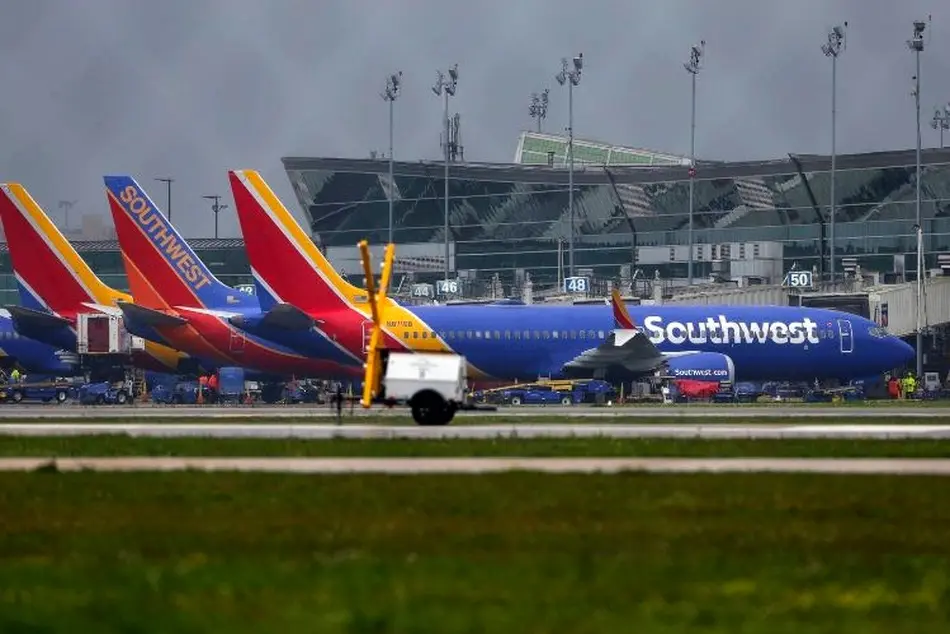Southwest Airlines Eyes New International Flying
Southwest Airlines and the unions representing their pilots and flight attendants are set to discuss a potential expansion of international flying.

Southwest Airlines and the unions representing their pilots and flight attendants are set to discuss a potential expansion of international flying.
As the carrier evolves its strategy in pursuit of sustained profitability, it has already made steps to expand the reach of its all-Boeing 737 fleet through partnerships, while continuing to assess consumer demand for broader offerings including longer-haul flights. In May it asked the U.S. Transportation Department for blanket authority to operate scheduled flights to U.S. open skies partners, opening the door for broader international expansion.
Now, the carrier is exploring “the potential to expand our network to new international destinations on our Boeing 737 aircraft,” it confirms. But changes would need to be made to its flight attendant and pilot contracts to make that a reality. As such, “we are starting discussions now with our partners at [the Southwest Airlines Pilots Association (SWAPA)] and TWU 556 to negotiate any required changes, under a very limited scope,” an airline spokesperson explained.
The limited international flying under consideration is “outside of the regions of North, Central, and South America,” and “would be accomplished solely by SWAPA pilots,” on 737 MAX aircraft, detailed SWAPA President Jody Reven. “Starting next week, several teams will meet with Southwest to hear their goals and coordinate what steps should be taken next.”
Southwest already serves near-international destinations in Mexico, Central America and the Caribbean, with roughly 2% of its seats deployed into international markets, according to data from CAPA for the week of Aug. 18. It operates an in-service fleet of 780, Aviation Week Network’s Fleet Discovery database shows, comprising Boeing 737-8s (270), 737-700s (315), and 737-800s (195), with plans to divest its older 737s in favor of an all-MAX fleet by 2031. It has nearly 500 of the type on order, according to Fleet Discovery—737-8s and 737-7s.
The yet-to-be-certified -7 has a stated range of up to 3,800 nm (7,040 km), while the -8 has a range of up to 3,500 nm (6,480 km).
At the start of 2025, an interline agreement with Icelandair was counted as a first step toward expanding “beyond the reach of the 737,” then-Chief Transformation Officer Ryan Green noted at an event formalizing their partnership and announcing its receipt of IATA Operational Safety Audit (IOSA) certification. A key step toward new partnerships, the certification paved the way for its new membership in IATA. It is also necessary for membership in the three global airline alliances and generally required for codeshares.
As Southwest calibrates its model, core product changes continue to be rolled out. In 2025 thus far it has launched redeye flights, started selling assigned and extra legroom seating, debuted a pared-down basic economy fare, introduced fees for checked bags, and unveiled new vacation packages. In July, the Dallas-based carrier announced new network points for the first time in five years, beginning service to the U.S. Virgin Islands in early 2026.
“We are listening closely to what our customers want—from new products and loyalty benefits to new destinations,” CEO Bob Jordan said in mid-July. “This is another meaningful step in our ongoing transformation.”

